8. Tony Takitani (2004)
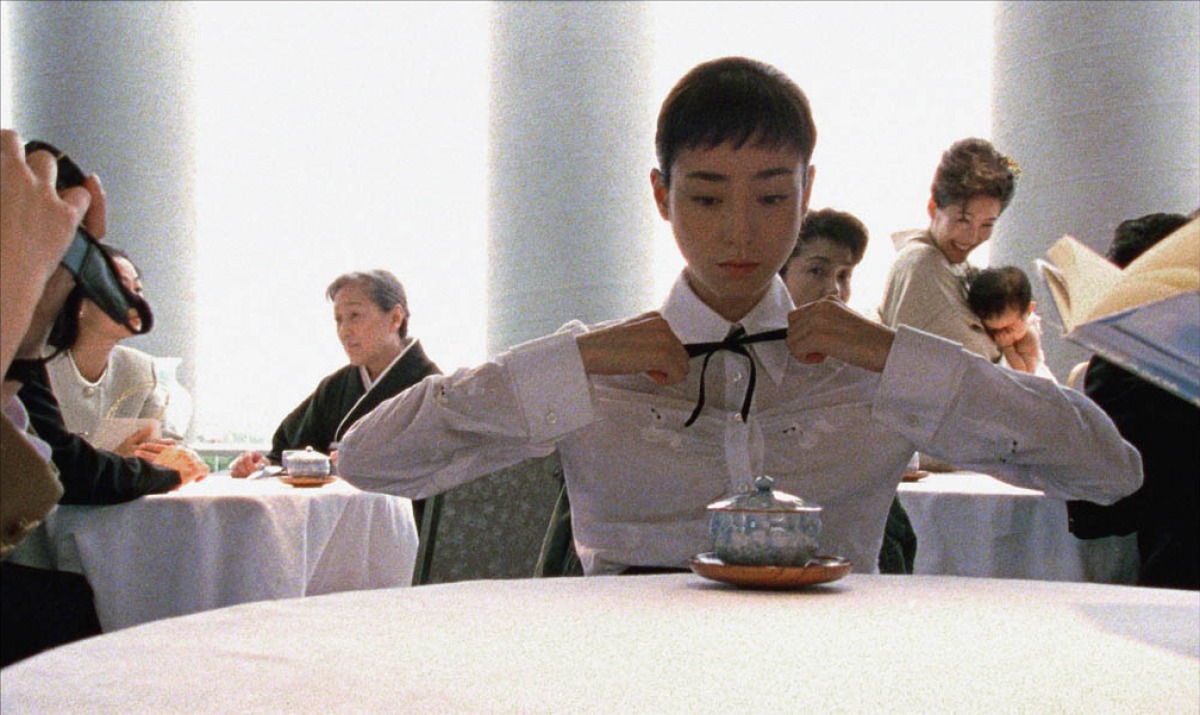
His father was an artist who had been kept imprisoned inside a cell’s firm rails. Years later, Tony found himself imprisoned several times due to accidental circumstances, his strange name, and his unusual perspective. Sometimes, the conceivable rails that one builds in order to inhabit the small room defined by them, in their disputable and indistinct nature, become unbreakable.
Tony Takitani is a mechanical designer who has chosen a reclusive lifestyle. Without expecting such an event, he meets a quite younger and irresistibly charming woman. Eiko has an ultra-elegant dressing style and walks through the rooms as if she’s completely weightless. Tony claims her refreshing presence in his nondescript life and soon they get married.
A bright and serene piece of a life, their marriage provides unprecedented experiences of sharing and self-exploration to both. However, Eiko develops her passion about shopping, instead of giving up on it. Day after day, she submits to the strong inner forces that lead her to buy countless items of clothing, until she becomes deeply obsessed.
Eiko is gone, and Tony is once again left alone. Her wardrobe occupies a whole room, which mocks Tony’s tragicomic turn of life, appearing as a piercingly palpable mausoleum of a fleeting happiness. Well-crafted and dramatically narrated, “Tony Takitani” comments upon the fake but effective slavery of flesh and takes a dim view of the vacant materialistic dominance on intellect.
7. Stromboli (1950)
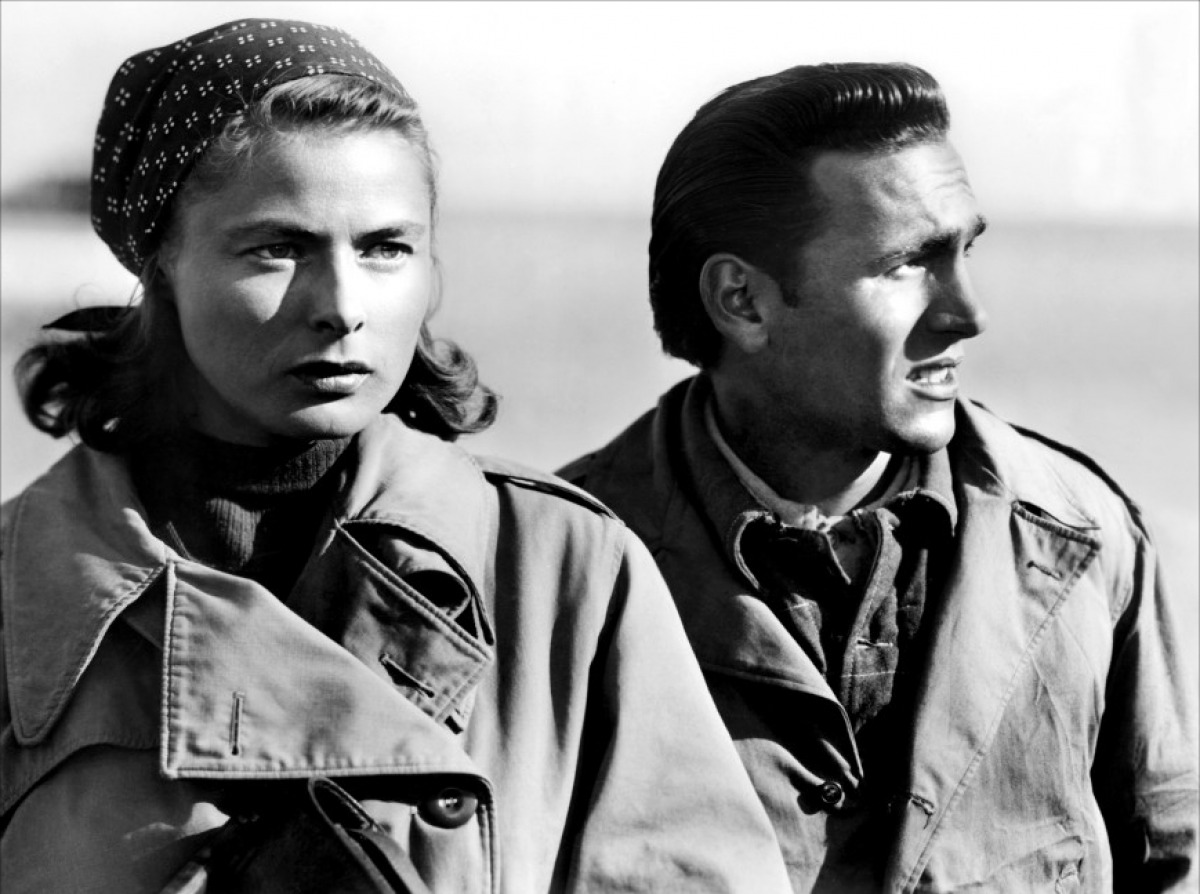
Portrayed on Ingrid Bergman’s expressive and absolutely stunning canvas, Karin is a refugee from Lithuania, temporarily staying at a hot spot in Italy. Since she fails to be transported to Argentina, Karin marries her Italian boyfriend in order to gain citizenship and nest in a safe home for the first time in her life. However, her new husband’s plans lead her to Stromboli, an infertile volcanic island that hosts a numbered and preservative population.
Her new life includes only hostile black rocks, a few judgmental neighbors, and a juvenile companion who’s practically a stranger. Karin finds herself on an isolated island of misery and frustration. Even if she tries to feel like home and coming closer to her husband, she can’t escape the conceivable prison that keeps her away from life and happiness.
Soon, Karin accepts she’s all alone. The only way to be saved is to escape from this inferno of emotional abuse and misery. Quite so, she starts to climb on the volcano in order to take a boat from the other part of the island. Yet, her symbolic path on the steep and foggy hillsides turns out to be unviable.
Being bogged down by her unearned fate, Karin questions the existence of God and wonders if there’s a way to exist without being chased, unsettled, and excluded by everyone. Some birds fly in the sky, while she stays transfixed between the volcano’s poisonous fumes.
6. Yol (1982)
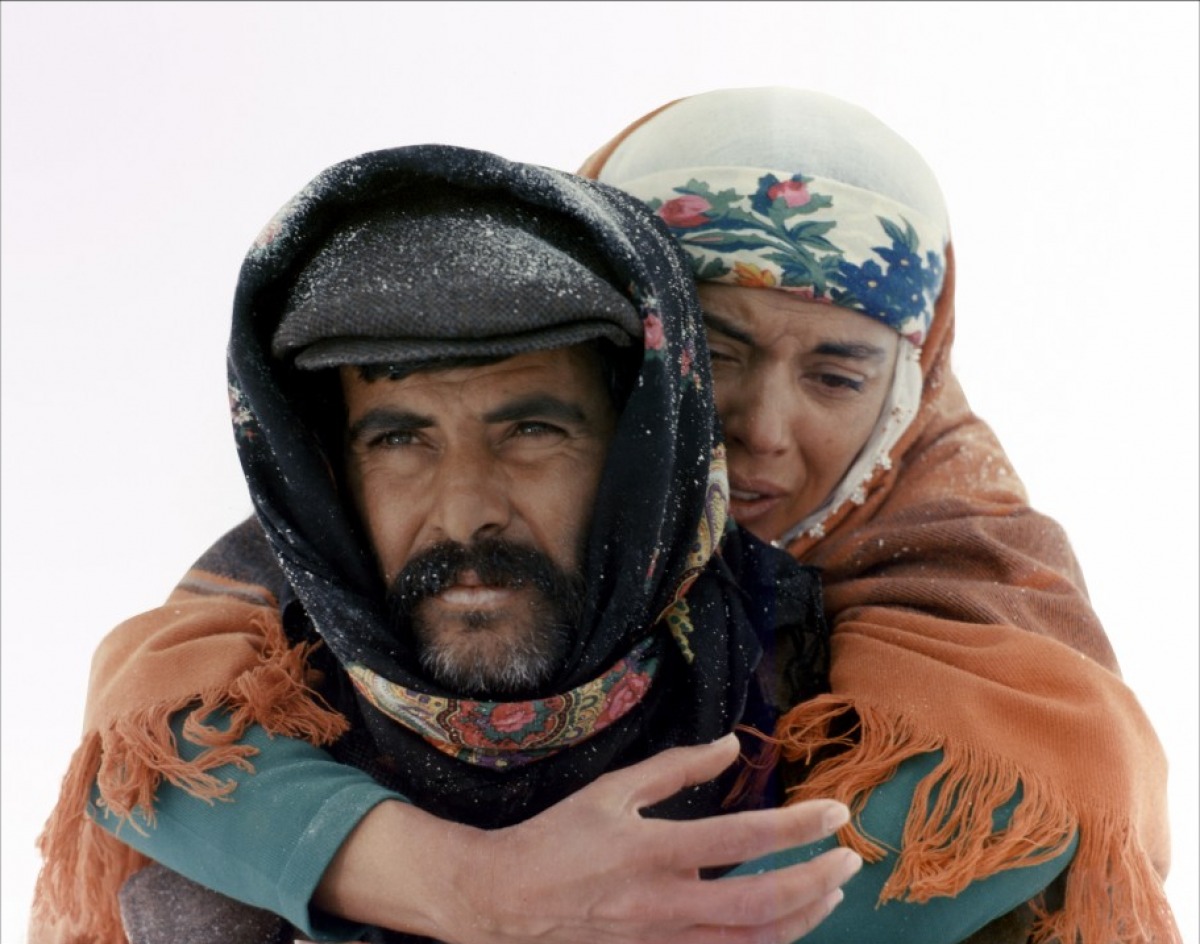
In modern Turkey, five prisoners go on leave for a week. All of them visit their territories, only to come up against their former slavery in a world of established mental isolation and fiendish confinement. Through a daring exposure of the consistent culture of the Near East, the Turkish film “Yol” examines various forms of static and unchanged human rigidity. In its breathtaking photography and bitter truthfulness, this stiff film indescribably touches the chords of a depraved heart.
Even if the five protagonists have been materially imprisoned in conventional jails, visiting their families after a long time, they probably realize the multifarious forms of invisible imprisonment that every fellow man is condemned to face. Societies have always handled the weaknesses of our kind with an iron hand. Forgiving, or at least empathizing timelessly, seems to be an arduous act.
Ziné, the wife of one of the prisoners, lies at the nadir of a stereotypical dramatic circle. She’s been kept in a cell without food due to her morally unaccepted acts. Her husband means to lead Ziné to her brother’s house through a vast frozen desert. He’s ahead with their son, since Ziné is frailly balancing between life and death. Crawling in the snow half-dead, she begs her husband to save her.
5. Loveless (2017)
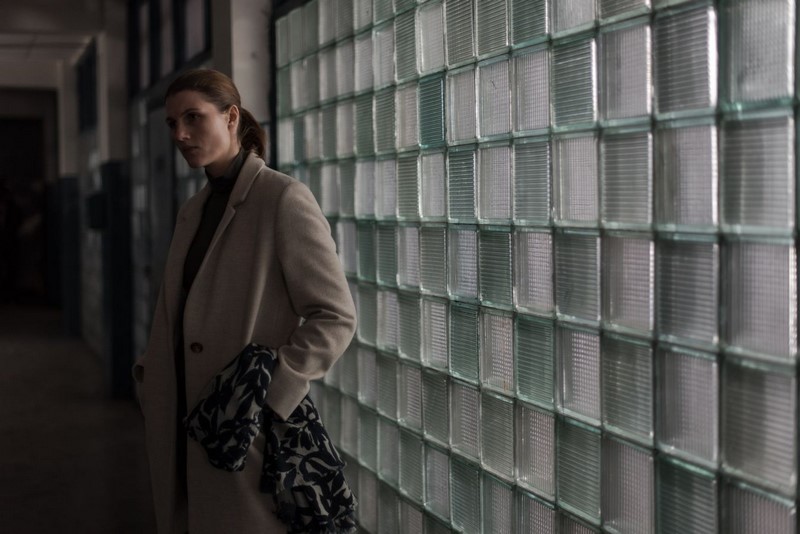
Such as material can’t be created from scratch; love doesn’t nest there where love was never found. Andrei Zvyagintsev’s loveless young hero evanescently survives into the ruins of his parents’ decayed marriage. Yet, marriages occur and divorces come next, as empires rise and fall; this is definitely not the substance here. Alyosha was led to an unjustifiable but certain to happen untimely ending due to his parents’ deep and unexplored emotional dysfunctions.
After her divorce, Zhenya has it all: financial comfort, social status, and a new boyfriend. She also has a child, for whom she barely seems to care. In our world of imagery, obligatory decadence, and fictive self-exposure, Zhenya spends most of her days in personal grooming and ceremonious sex. On the other hand, her ex-husband is about to create a new family with a quite younger woman, and quite so, none of them notice their son’s absence from home for two consecutive days.
Throughout the film’s length, Alyosha said few words all and all, whereas he never smiled. It seems like he was prepared to escape all along. His parents, without being expected, tried hard to find their overlong abandoned child. His body was detected by the police in a revolting state after several days. Zhenya and Boris, in an improbable plangent scene, refuse to accept that this child — whom they once brought to life — got brutally taken away from life due to lack of solicitude.
Russian director Zvyagintsev, through his unique and memorable technique, allegorical motives, and straightforward approach on human exiguity, evokes the same feelings of unquenchable anger and despair as in his masterful film of 2014, “Leviathan.”
4. A Time to Live, a Time to Die (1985)
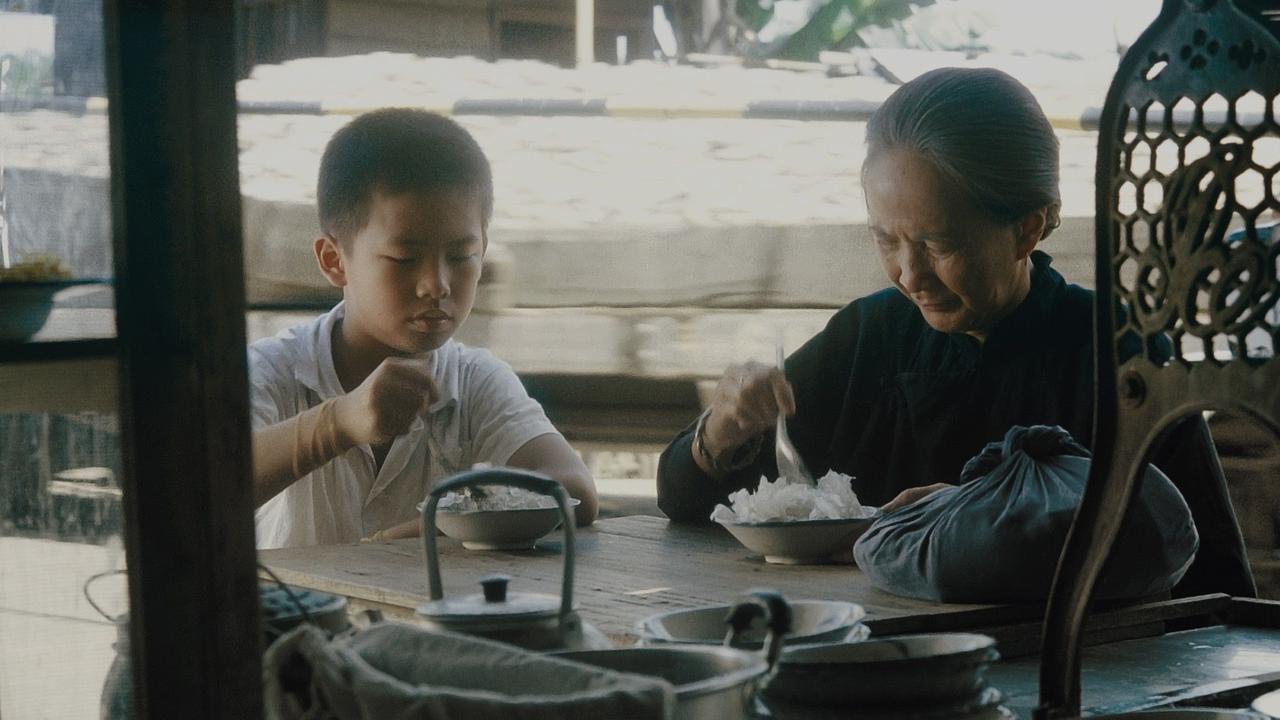
Taiwanese New Wave Cinema is the cinema of alienation of solitude. An artistic movement is never irrelevant with the space-time framework of its occurrence. Contrariwise, people create art in order to describe the afflictions which strike them, and create a diode of expression and evasion. Along these lines, cinema represents the artists who make it and principally reflects their lives and mindsets.
Hou Hsiao-Hsien, one of the main artists of the Taiwanese New Wave, utilizes personal crucial events and experiences from his years of innocence, narrating the story of a family that leaves the central area of China and relocates in Taiwan. Their simplistic life, expressed through a gentle and discreet cinematic portrayal, intersects with real and effective events of its era and fatefully faces the unavoidable events of mundane life.
Through his personal emotive viewpoint, Hou focuses on loss and its consequent subconscious but persistent loneliness. Life is defined by loss, and people always are nostalgic for its varied personifications. The characters of the film “A Time to Live, a Time to Die” are homesick for lost territories and eventually deal with tragic bereavements, reflecting on Hou’s dark experiences and moments of pivotal mental solitude.
3. The Nights of Cabiria (1957)
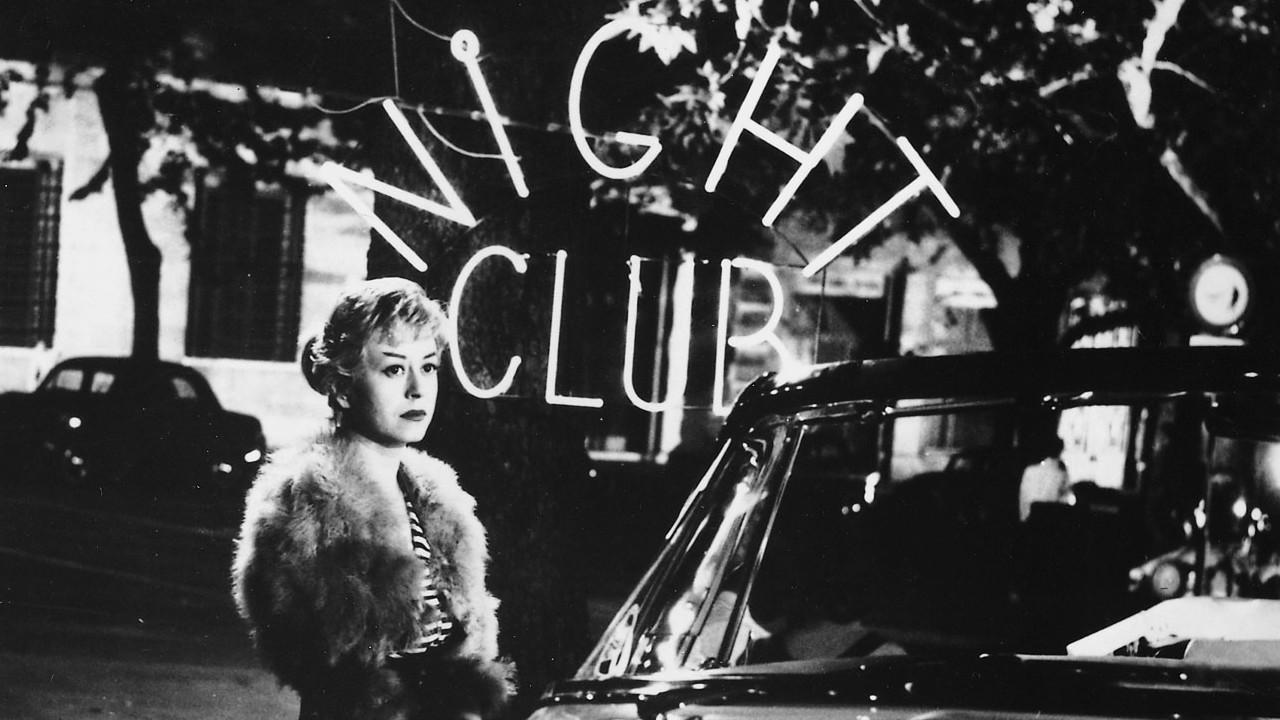
Getting near the lines of Italian neorealist movement, the emotionally stirring film “The Nights of Cabiria” from time to time reflects Federico Fellini’s essence of “8 ½” and “La Dolce Vita.” It narrates the story of Cabiria, a soft-hearted and irritable prostitute, who tries to survive in the timeserver and apathetic air of Rome during the 1950s.
“I can’t even remember how I started,” once Cabiria said. She was a child with black long hair, and since then, this is her way of making a living. She walks the streets for money, holding a cigarette in her hand, and joins every man who asks for her company. T
his is the life of a prostitute; it’s a life noisy, vigilant and crowded, but a life emotionless and lonely as well. Cabiria is able to obtain daily necessities. She owns a house and a bank account. However, what she inexpressibly seeks is the simplest thing: a companion and a calm life away from the streets.
No one was ever willing to grant Cabiria’s humble wishes. People have always been greedy for money and materialistic indulgence. Who would even give a drop of love and attention to a prostitute? Her boyfriend once tried to drown her in a lake for a fistful of money. Later on, a man gave her a promise of marriage in order to take advantage of her. Cabiria’s universe is completely empty of emotions, transforming her entire life into an endless and solitary effort.
Fellini has delineated one of the most complete, profound, true, and melancholically charming characters in cinema history. His wife, Giulietta Masina, heartbreakingly embodying Maria or Cabiria Ceccarelli, gives the sensation of the lonely sensitive souls that are lost and found somewhere in between us.
2. The Tribe (2014)
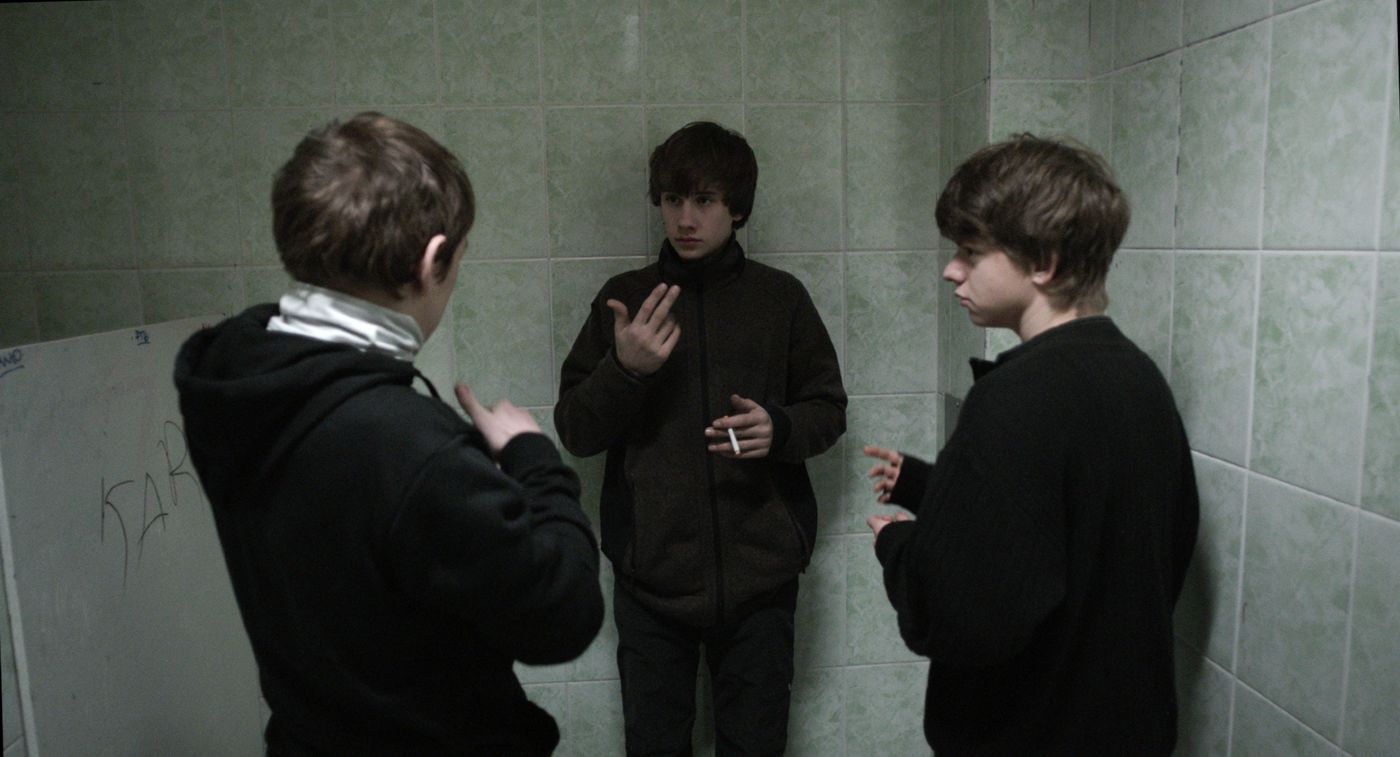
Recounting the sorrowful days of a deaf-mute teenagers’ gang, “The Tribe” is one of the bitterest and boldest films ever made. Narrated throughout in sign language, the words are not at all necessary here to express the drama and exhaustion of the film’s microcosm.
At a school for persons with disabilities in Kiev, violence and unconscious abuse have found a self-offered territory. The male inmates are excessively involved in drug dealing and trafficking. The girls, on the other hand, mechanically acquiesce to their prostitution, regularly visiting a parking lot for trucks in order to offer their services to the drivers. The daily life of these adolescents entails nothing more than criminal activity, ultra-violent quarrels, and mistreatments.
Sergei is a new inmate at the school. Even though he isn’t completely unfamiliar with the violence and outlaw behavior that dominates his new demanding residence, Sergei is different. His feelings for one of the girls of the gang will lead him in a fateful conflict with the leading figures, since he claims his rights as a human being and attempts a personal relationship with emotionally paralyzed Anya.
Through a mock-tragic parallelism of physical and mental communication disabilities, which bravely ignores the lines of political correctness, inventive Ukrainian director Myroslav Slaboshpytskyi proves that humans — more than smoothening down the tangible obstacles that rise walls between them — often have a tendency to walk away from each other, ignore their compassionate nature, and predictably forget how to be happy and connected.
1. Fox and His Friends (1975)
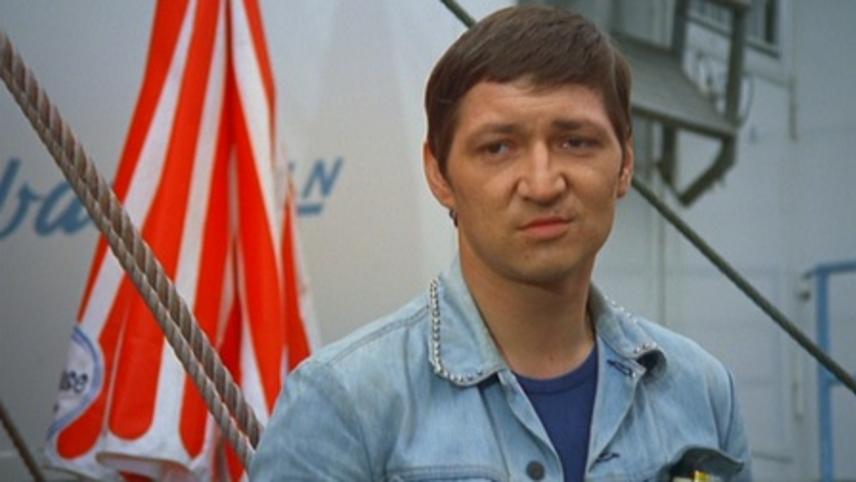
Who else could even talk more aptly, more lamentably, and more personally about solitude than Werner Rainer Fassbinder? In his Dostoevskian prose, translated into his own cinematic code, Fassbinder reveals one more of his life’s pieces in the woeful film “Fox and His Friends.”
Franz is a homosexual buccaneer, hanging out with a company of wandering actors. As it happens once in a blue moon, he at the same time has the chance and misfortune to win the lottery. This unforeseen incident becomes a vehicle that opens the firm doors of bourgeoisie for naïve and unprepared Franz. In this way, Franz — or Fox, for close friends — falls for an attractive son of a downfallen industrialist, who finds an easy and ideal victim in the face of Franz.
From then on, we see an unfathomable eviscerating of Franz, who’s intensively encouraged by his deprived soul and desire for companionship and sharing in a great degree, which directly led him near enough to be completely abused and bereft. Fox dies alone in a playing field, since he had no more money to give. Even after his death, two kids approach his motionless body in order to find some cash or jewels in his pockets.
Fassbinder hides underneath the melodramatic costume of this film some of his most grim and pessimist aspects of life, and trickily escapes from it, exposing one of the most sorrowful components of our world and nature. His tortured soul and bitter experiences appear in all of his films, regardless he stars or not. In “Ali: Fear Eats the Soul,” we definitely see Fassbinder’s life. Even in “Veronica Voss,” we see Fassbinder’s dark psychological profile. But what a tragically sincere omen for his real demise was this film’s heartbreaking finale…
Author Bio: Marillie Damoulianou is a Geologist from Greece. She’s also a cinema lover, with special preference to the European film movements.